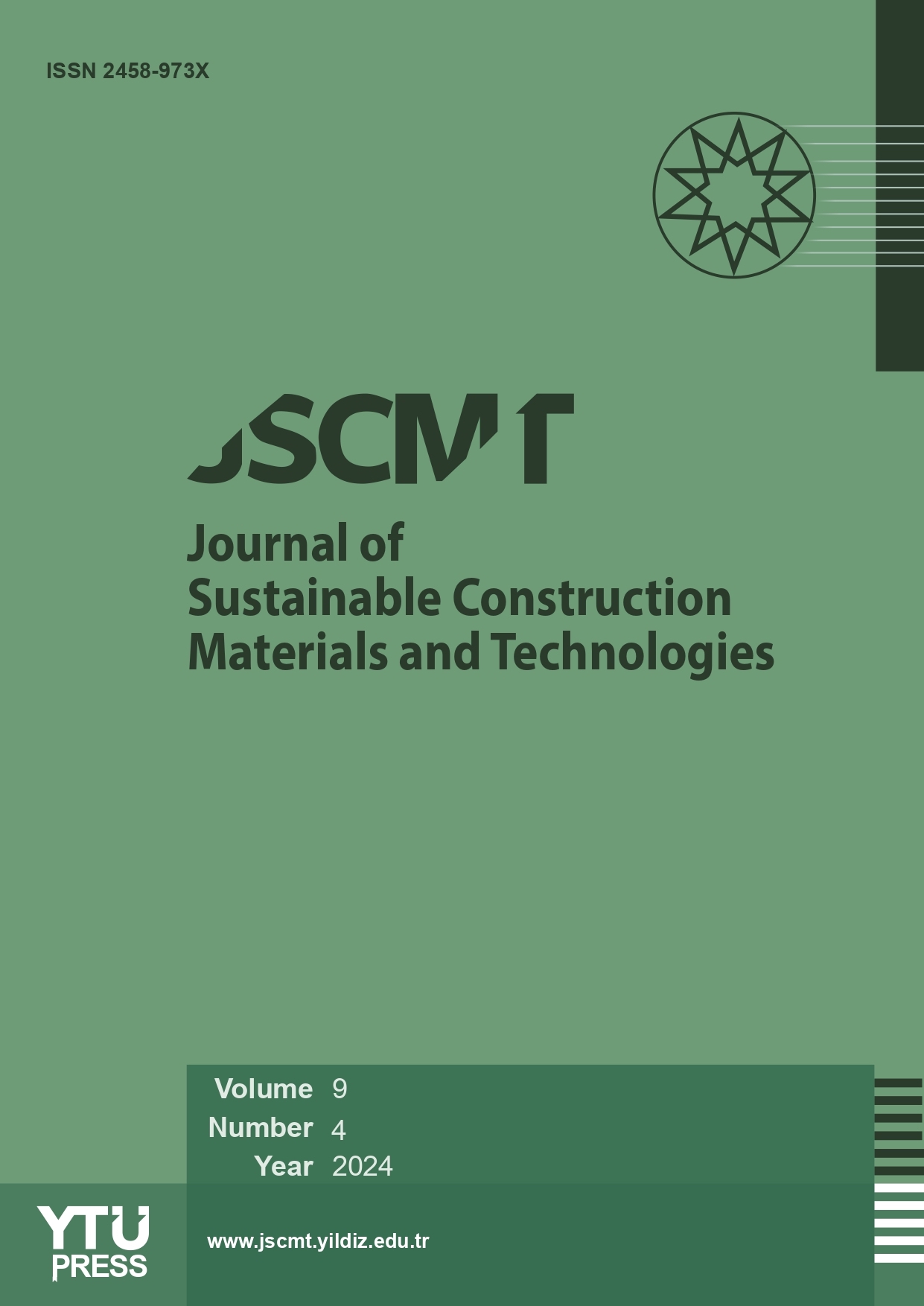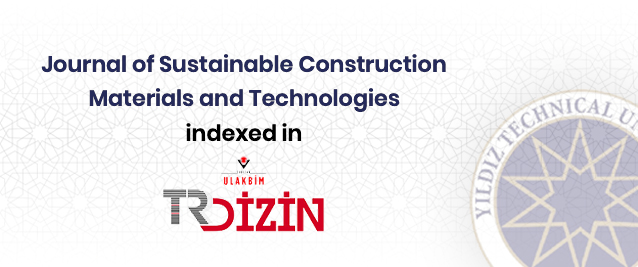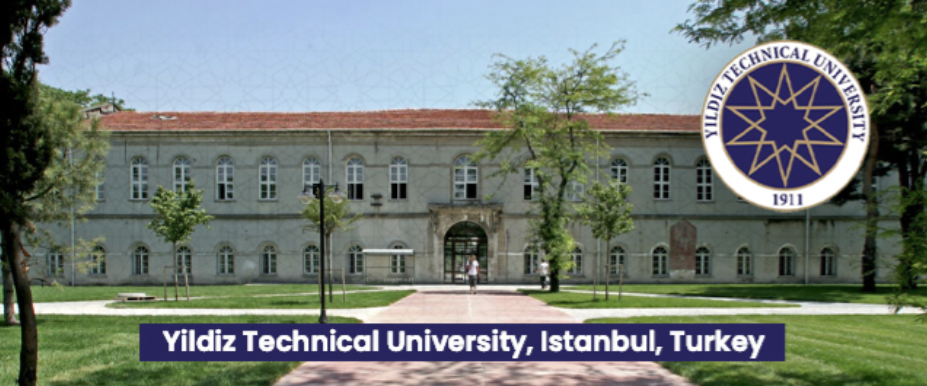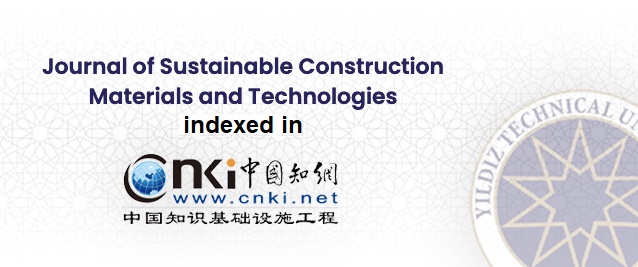2Foundation of Technical Institutes, Technical Institute, Department Of Surveying, Al-Kut, Iraq
Abstract
Recent economic changes have increased the focus on energy conservation in buildings. Improve insulation represents one of the biggest challenge to save energy. The TP02 Huksefux® Non Steady State Probe (NSSP) has been used to determine the thermal conductivity of the building insulation materials. Usually, the long term approximation equation (linear form) is applied to determine the thermal conductivity when using hot wire techniques. Long term approximation has been successfully used to characterize glycerol: a fluid which doesn’t present contact resistance and porosity. But, an S-shaped appears for more porous materials. So to generalize the possibility of using this method, glass beads of 2, 8 and 10 mm balls diameters have been tested before characterising insulation materials. Firstly, we define the best portions in time (t 1 and t 2 ) of the S-shaped curve to determine thermal conductivity. Secondly, Comsol Multiphysics® test the influence of parameters of the TP02 Huksefux® like components of the probe, the contact resistance and electrical power on the S-shaped form.















